Hyundai has announced it will reveal a new electric city car called the Inster later this month, with the new model targeting an official range of 220 miles.
The firm described the model as an “evolution” of the Casper, a petrol-powered Suzuki Ignis rival that is offered exclusively in South Korea.
“Inster will set new standards in terms of driving range, technology and safety features,” the company said in a statement.
Preview images released by Hyundai reveal subtle differences compared with the Casper, such as new lighting signatures at the front and rear.
The Inster was spotted testing in Scandinavia in February, days after Hyundai France boss Lionel French Keogh confirmed to France’s Auto Moto magazine that the car will hit the market by the end of the year.
It reported that the petrol-powered Casper is not bound for European markets, adding that the EV will have greater power and range than the rival Dacia Spring. For reference, the Spring offers 44bhp and 64bhp motors, and a range of up to 137 miles.
Hyundai has previously committed to continued production of small cars. Its Europe chief, Michael Cole, told Autocar in March 2023 that the i10, i20 and i30 were “all still in our plan, even for the next generation”.
Cole added that the next challenge is to evaluate smaller EVs, saying: “I believe there's a market below Kona and maybe even in more traditional bodystyles, such as hatchback.
“It’s in our thinking, rather than necessarily in our long-term plan now. But for the European market, we have to be thinking about that.”


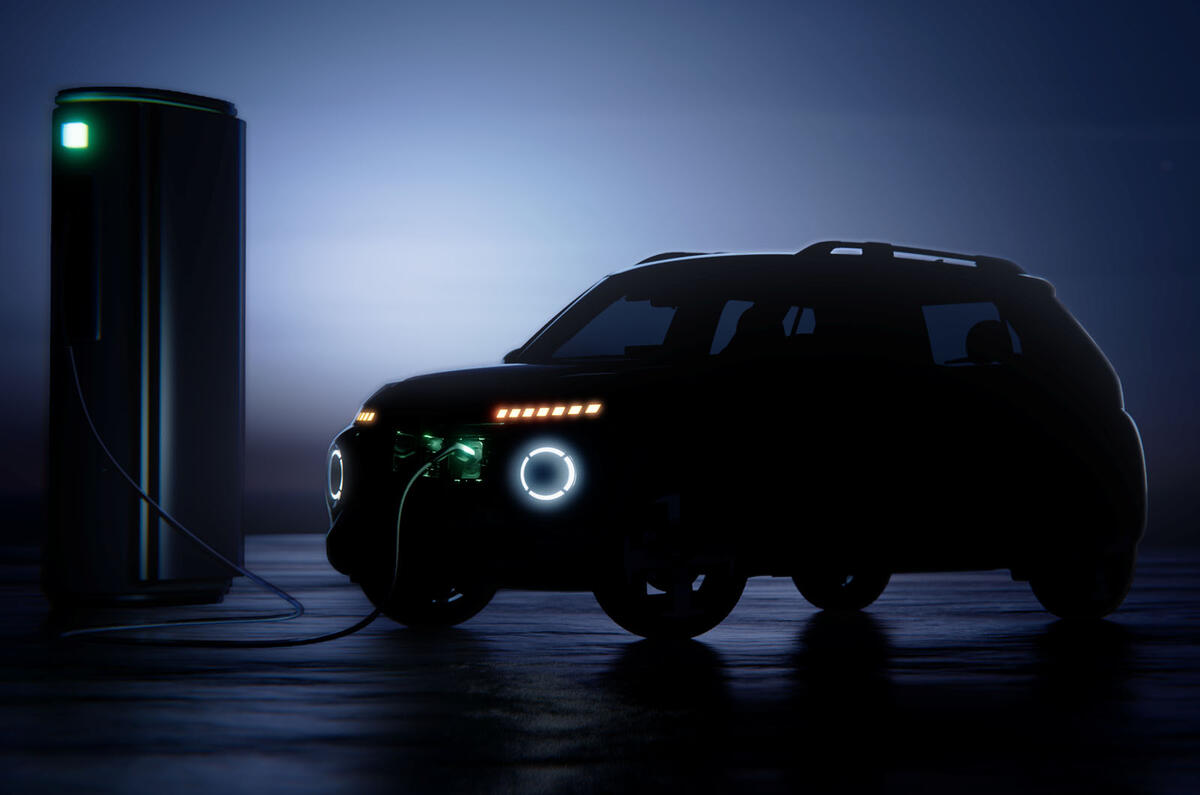
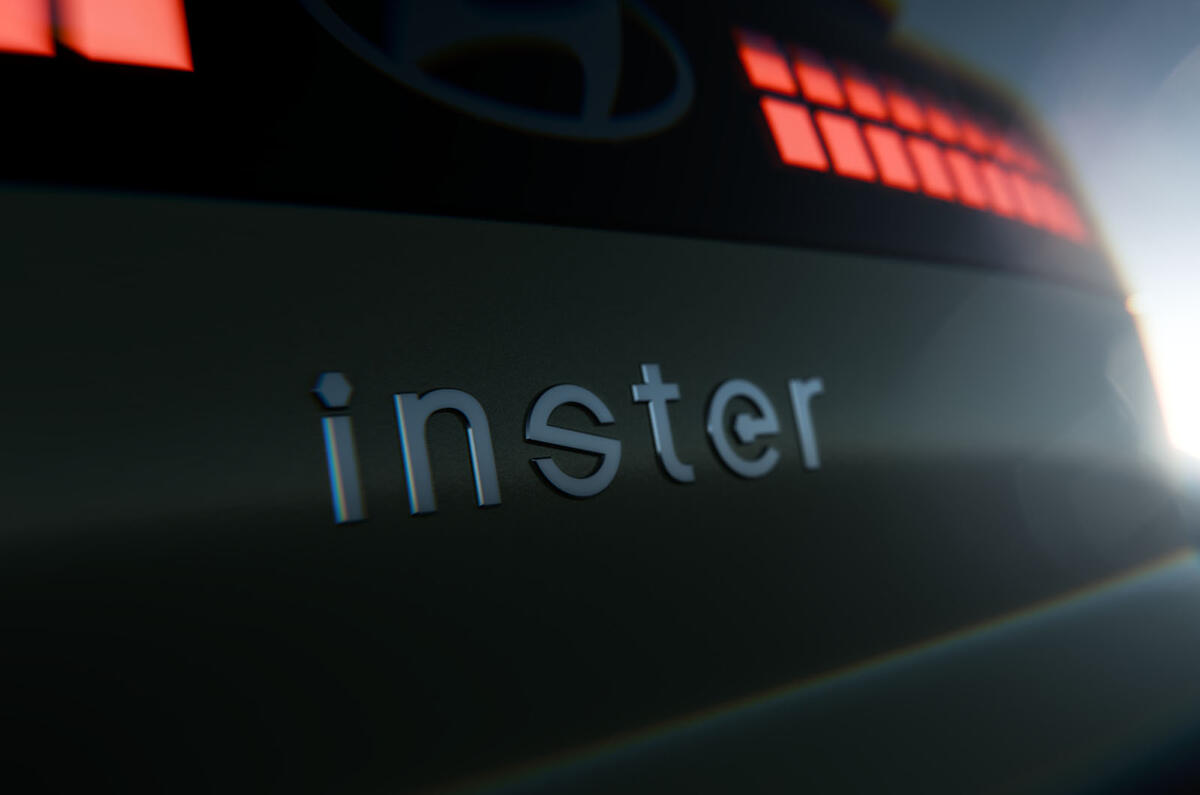
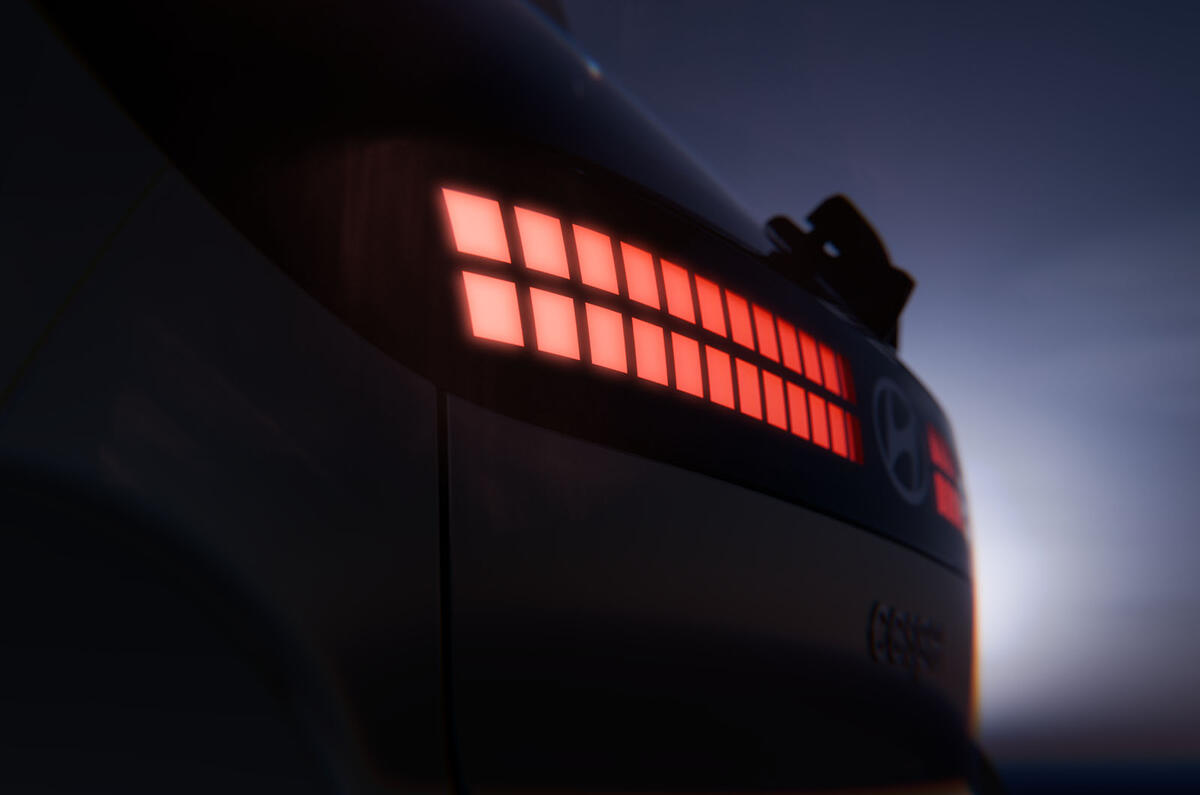
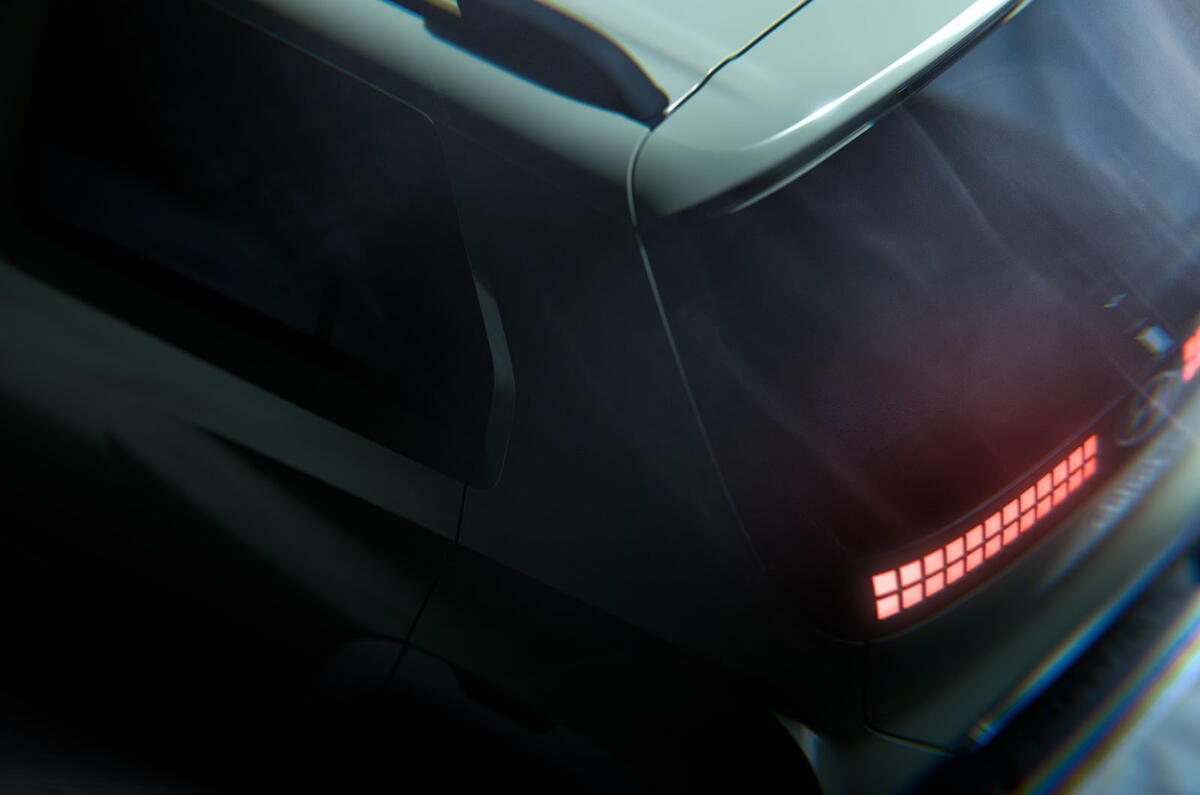
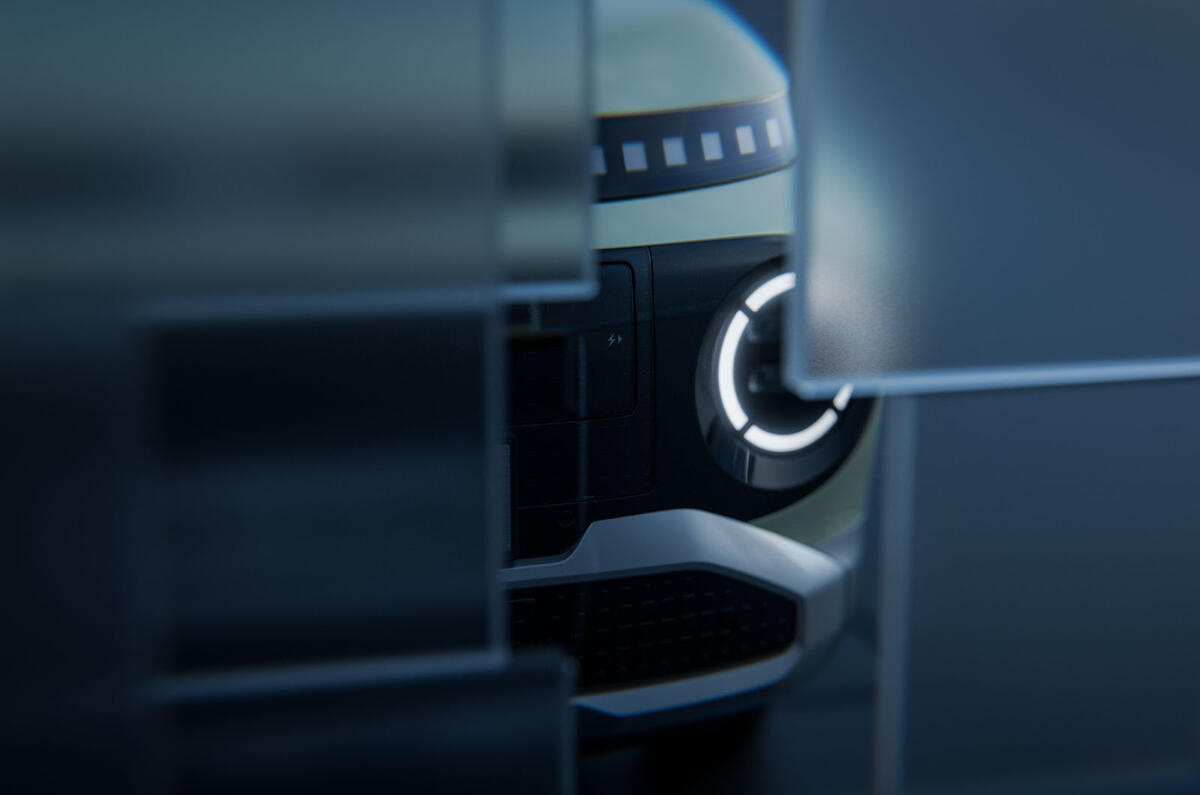
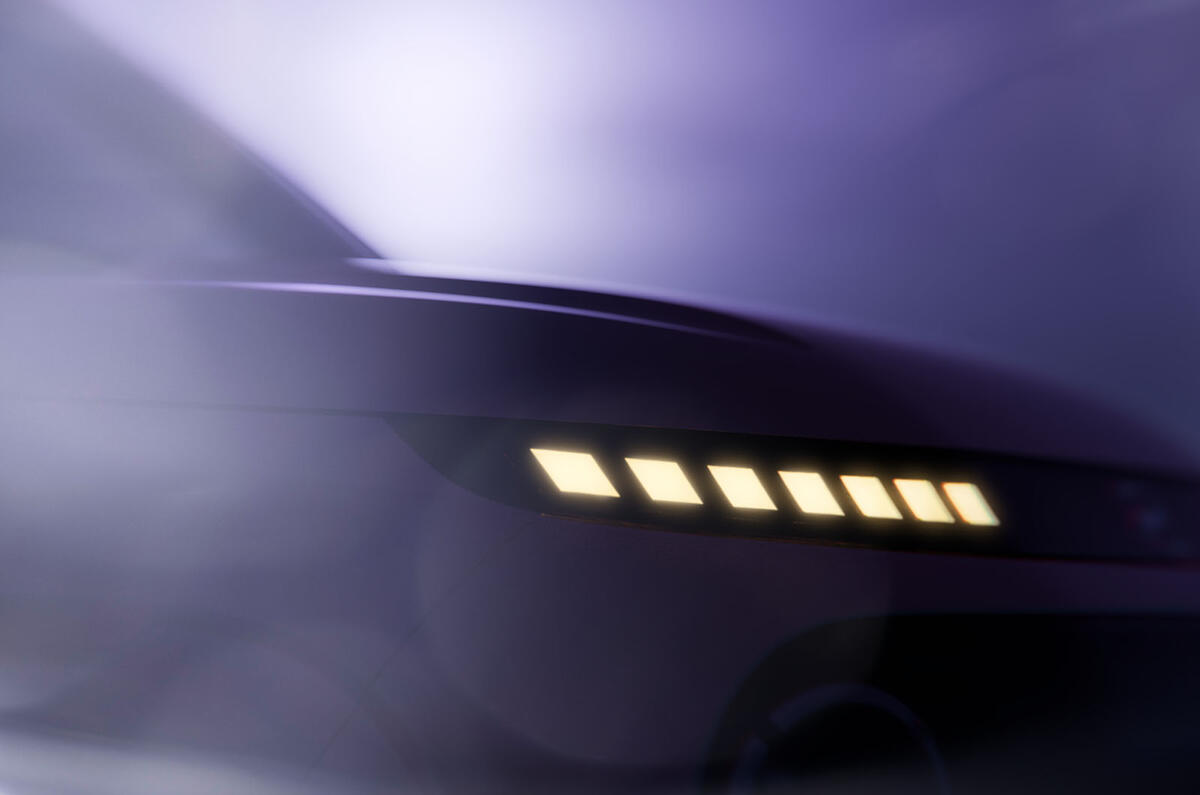
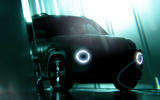
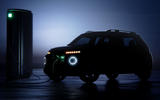

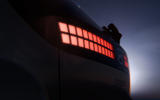


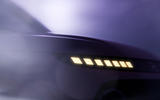





Join the debate
Add your comment
Good news that Hyundai are making a lower cost EV, to sit alongside the Citroen eC3 and the Dacia Spring. Electrification is perfect for small city cars and yet people have had to wait years for them, because of foot-dragging by fossil-fanatics at legacy car manufacturers.